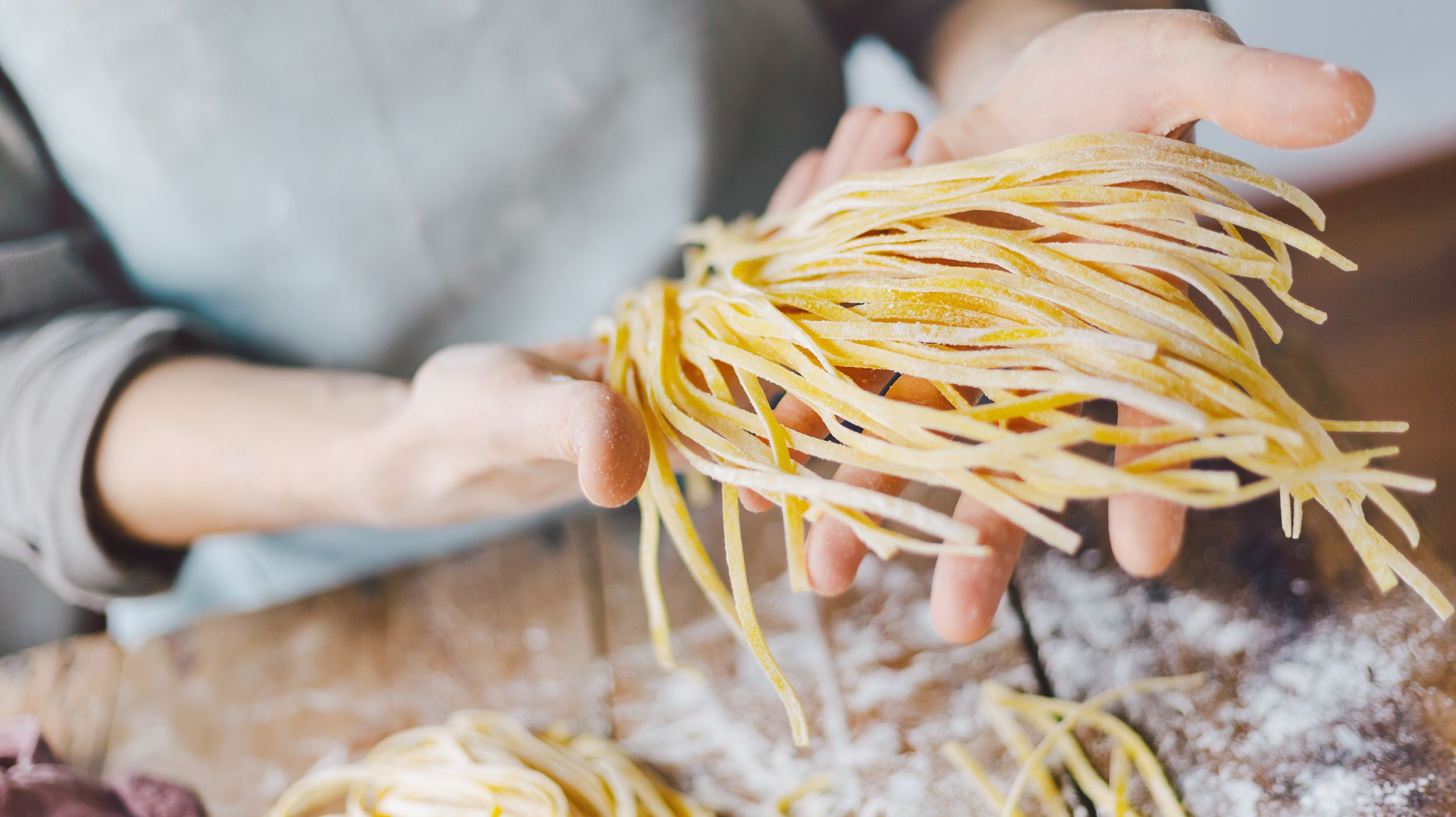Mastering the Art of Homemade Pasta: Tips and Tricks
There’s something undeniably special about homemade pasta. The process of transforming simple ingredients like flour and eggs into silky, tender noodles is not only satisfying but also incredibly rewarding. While making pasta from scratch might seem daunting at first, with the right guidance and a bit of practice, anyone can master this culinary art. Here are some tips and tricks to help you become a pasta-making pro in your own kitchen.
1. Start with the Right Ingredients
Quality ingredients are key to creating delicious homemade pasta. Use high-quality flour, preferably tipo “00” flour, which is finely ground and has a higher gluten content, resulting in a smoother dough. Fresh, organic eggs will also contribute to the richness and flavor of your pasta.
2. Get the Dough Consistency Right
Achieving the perfect dough consistency is crucial for making homemade pasta. Start by gradually incorporating the flour into the beaten eggs until a shaggy dough forms. Knead the dough until it becomes smooth and elastic, but be careful not to overwork it, as this can make the pasta tough.
3. Let the Dough Rest
Allowing the dough to rest after kneading is essential for optimal texture and elasticity. Wrap the dough in plastic wrap and let it rest at room temperature for at least 30 minutes, or up to an hour. This resting period allows the gluten to relax, making the dough easier to roll out and shape.
4. Roll it Out Thinly
To achieve the perfect pasta thickness, invest in a good quality pasta machine or rolling pin. Divide the rested dough into smaller portions and roll each one out into thin sheets. If using a pasta machine, gradually decrease the thickness setting with each pass until you reach your desired thickness. Dust the dough with flour as needed to prevent sticking.
5. Use Semolina for Dusting
When shaping and cutting your pasta, use semolina flour instead of regular flour for dusting. Semolina has a coarser texture, which helps prevent the pasta from sticking together while it dries. Dusting your work surface, rolling pin, and pasta sheets with semolina will make the process much smoother.
6. Experiment with Shapes and Flavors
One of the joys of making homemade pasta is the ability to experiment with different shapes and flavors. From classic spaghetti and fettuccine to ravioli and tortellini, the possibilities are endless. You can also add various ingredients to the dough, such as spinach, herbs, or even squid ink, to create unique flavors and colors.
7. Don’t Overcook
Fresh homemade pasta cooks much faster than dried pasta, usually in just a few minutes. Keep a close eye on it while boiling, and taste it for doneness frequently. The pasta should be tender yet slightly al dente. Overcooking can result in mushy pasta, so be sure to drain it promptly once it’s done.
8. Sauce Matters
Homemade pasta shines when paired with simple, flavorful sauces that complement its delicate texture. Whether you prefer a classic marinara sauce, a creamy Alfredo, or a light olive oil and garlic sauce, choose high-quality ingredients and let the pasta take center stage.
Conclusion
Mastering the art of homemade pasta is a journey that requires patience, practice, and a willingness to experiment. With these tips and tricks in hand, you’ll soon be creating restaurant-quality pasta dishes in the comfort of your own kitchen. So roll up your sleeves, dust off your pasta machine, and get ready to impress your friends and family with your newfound pasta-making skills. Buon appetito!

